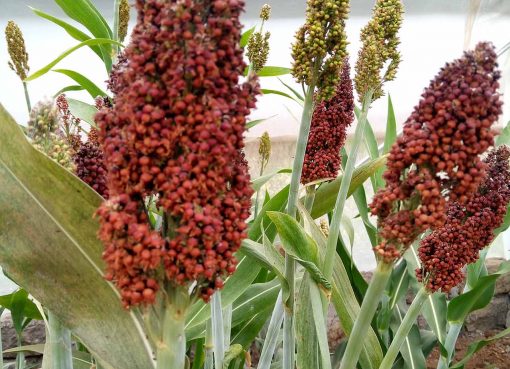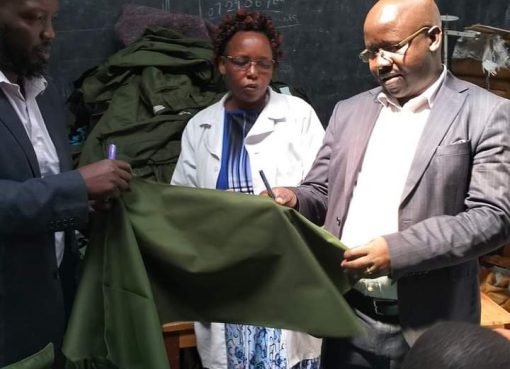Poorly-disposed plastic and other non-biodegradable waste continue to pose a grave threat to Kenya’s ability to fully exploit the potential in the blue economy and marine tourism.
The Director General Kenya Maritime Authority (KMA) Mr. Robert Njue said plastic bottles and other non-organic waste ultimately get washed down to lakes and ocean, where the inland rivers drain to where they became a danger to marine life and other vital economic activities like fishing with thousands of residents relying on ocean for their livelihood.
“The bulk of the waste poorly disposed is eventually carried to the ocean or lakes where it jeopardizes our ability to exploit the full benefits of the blue economy,” he said.
Speaking at Voi on Sunday during after the closure of a 4-day litter-collecting drive along the 100km stretch of Nairobi-Mombasa Highway along Voi town to Mtito Andei, Njue said proper waste-disposal mechanism was crucial to relieve marine resources-lakes, seas and oceans- the burden of getting such waste.
He stated that planned clean up drives should be adopted across the 47 counties as a strategic way of managing waste at the source.
The Tsavo clean-up drive brought together various stakeholders including Kenya Wildlife Service (KWS), Tsavo Heritage Foundation, Kenya Maritime Authority and local youth groups.
Leaders present included County Women Representative Lydia Haika, Deputy Governor Majala Mlagui, Voi MP Jones Mlolwa and Ag Tsavo Conservation Area Assistant Director Kenneth Ochieng.
During the exercise that started on Thursday, over 120 tons of plastic waste, torn tires and metallic cans were collected.
The leaders called for more action towards combating the disposal of plastic waste especially by road users across the country.
Haika said there was need for construction of toilets and designated stop-overs along the busy highway for passengers and other road users to properly dispose-off their waste.
“There is a need to create designated areas where passengers can dispose of their waste like water bottles and food packages,” she said.
Currently, there are no designated stops between Mtito-Andei and Voi town; a distance of over 100 kilometers through the Tsavo National Park.
Incidentally, this is also one of the most litter-ridden sections of the road with hundreds of tons of litter being corrected annually.
Mlolwa said the county should adopt and enforce a policy where long-distance buses had trash-cans where passengers kept their waste. He noted that lack of self-discipline by road users made them cast away their waste anyhow.
“There should be a lot of awareness on why plastic waste should be properly disposed of. Passengers and road users must know their careless acts are endangering animals in the park and the whole country at large,” he said.
In contrast, Kenya Wildlife Service (KWS) said the Standard Gauge Railway route that cuts across the national park is litter free, a situation attributed to the stringent anti-littering onboard measures adopted by management of Kenya Railway.
According to the United Nations Environmental Program (UNEP), eight million tons of plastic waste washes down to the ocean every year.
by Wagema Mwangi




